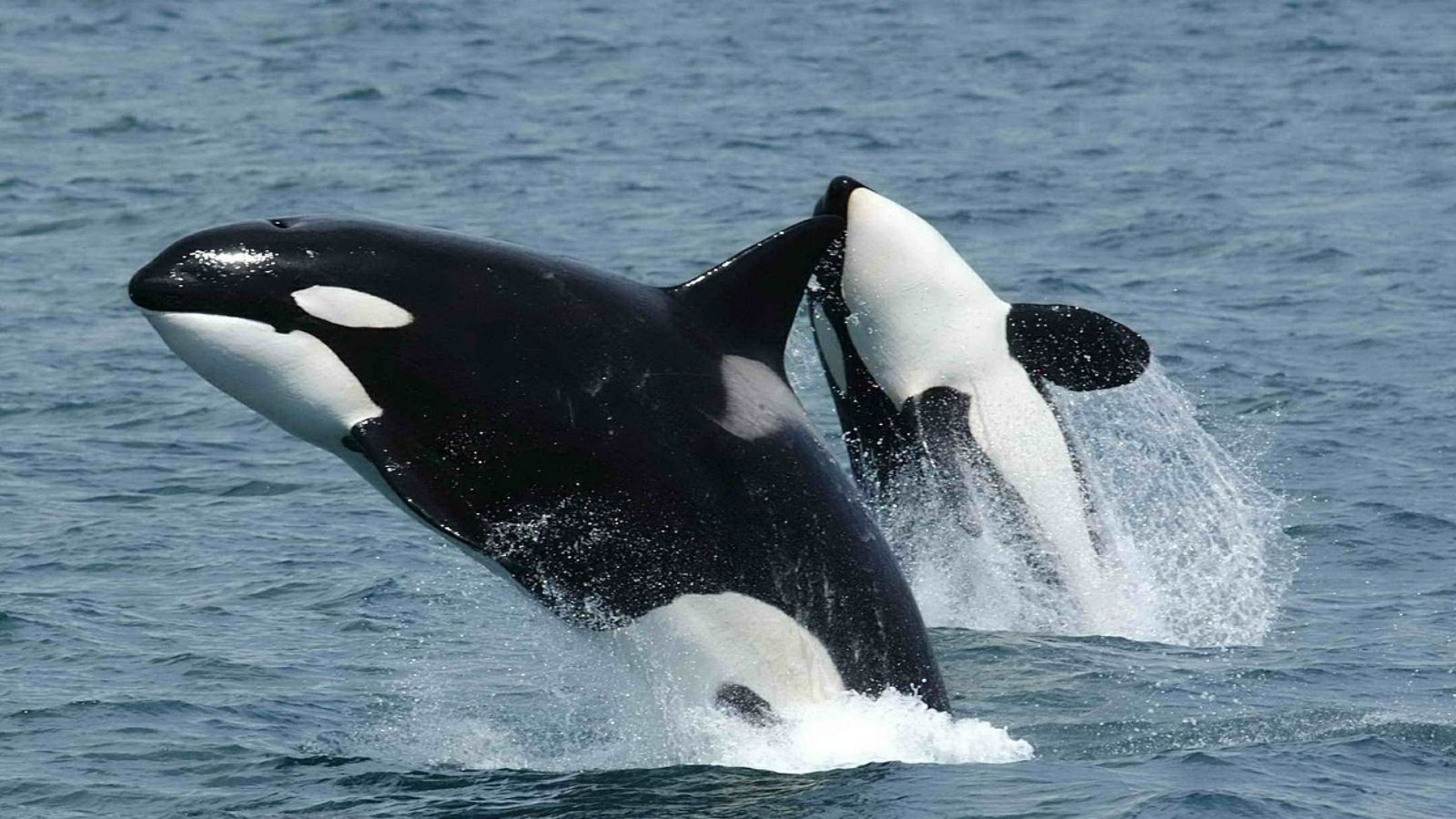
Tell President Biden: Do more for our Southern Resident orcas
Dams along the lower Snake River endanger our Southern Resident orcas.
It's long been thought that orcas consist of multiple species. A newly released study confirms that.
Around the world, orcas rule the seas. They’re the apex predators, they’re intelligent and they’re charismatic. Here in the Pacific Northwest, they’re also one of the most iconic creatures we have. Since their discovery, orcas have fallen into one species Orcinus orca, but it’s been thought for years that the three “ecotypes” – Resident, Transient and Offshore – are actually different species. New research, published at the end of March, makes this belief even stronger.
The research took a deep dive into the differences between resident orcas and Transient (also called Bigg’s) orcas. The main takeaways are that they look different, they behave different, they eat entirely different food and they don’t socialize between groups, even when in close proximity to one another. Transient orcas are bigger on average, prey on marine mammals and live in smaller groups whereas resident orcas are smaller, primarily eat salmon and other fish and live in larger pods.
The vast number of differences, researchers believe, is enough to classify them as distinct species and is an important step to better understanding these massive marine mammals. Researchers are proposing the species’ name Orcinus ater for residents and Orcinus rectipinnus for Transients. With the new findings, the Taxonomy Committee of the Society of Marine Mammalogy will consider designating the two as distinct species this summer.
This all comes at a time when Resident orcas, particularly Southern Residents, are struggling. Only around 75 of them are alive and population growth has been stagnant. All orcas face threats from water pollution, vessel noise and strikes but the biggest threat to Southern Residents is a lack of their favorite food – Chinook salmon. One of the best ways we can bring more salmon into the Southern Resident’s habitat would be to restore salmon runs by breaching dams along the Lower Snake River. This would result in more abundant, large salmon for orcas to feast on.
If Southern Residents are potentially a different species, it would be all the more tragic for our oceans to lose them. Join us in calling on our elected officials to do more for them.
Dams along the lower Snake River endanger our Southern Resident orcas.
Sign the petition
Former Protect Our Oceans Campaign, Advocate, Environment America
